
SEO & SEM
Search Engine Optimization (SEO), the process of optimizing a website to appear in search results on Google, Yahoo, and other search engines.
The point of having a strong SEO system is to get more traffic to your site.
More traffic = more quality = more customers!
At She Socially we take into account all of these in order to give you a holistic SEO experience that helps you reach your goals.
During our process we take into account the following:
Keyword planning roadmap
Through early planning, businesses can build a foundation of keywords to focus their attention on driving real value to their business, setting themselves up for long-term growth and success.
We offer:
Optimizing for Local SEO
List Your business on Review Sites and Encourage Reviews
Get Other Websites to Link to Your Website
A Mobile-Friendly Website
Online Ordering Systems
Blog Creation
Search Engine Marketing (SEM),is a digital marketing strategy aimed at increasing the visibility of websites in search engine results pages (SERPs) through paid advertising. Unlike Search Engine Optimization (SEO), which focuses on organic search results, SEM primarily involves paid search ads to drive traffic and conversions.
Benefits of SEM
- Immediate Results: Unlike SEO, which can take time to build traction, SEM can drive immediate traffic and visibility.
- Measurable ROI: Campaign performance can be easily tracked and adjusted based on real-time data.
- Targeted Reach: With sophisticated targeting options, businesses can reach specific audiences more effectively.
- Brand Awareness: Even if users don’t click, seeing ads increases brand visibility and awareness in the market.
Key Components of SEM
Pay-Per-Click (PPC) Advertising:
- Advertisers bid on keywords relevant to their business, and their ads appear in SERPs when users search those keywords.
- Payment is typically based on a PPC model, where advertisers pay each time someone clicks their ad.
Keyword Research:
- Identifying relevant keywords that potential customers are searching for is crucial.
- Tools like Google Keyword Planner help find high-traffic keywords with manageable competition.
Ad Creation:
- Crafting compelling ad copy is essential to attract clicks. Effective ads usually include:
- A strong headline
- A clear description of the offer
- A persuasive call-to-action (CTA)
- Crafting compelling ad copy is essential to attract clicks. Effective ads usually include:
Targeting Options:
- SEM allows for precise targeting based on various factors such as location, device, demographics, and user behavior, enabling advertisers to reach their ideal audience.
Landing Page Optimization:
- The effectiveness of SEM campaigns heavily depends on the landing pages where users land after clicking ads.
- Pages should be relevant, user-friendly, and optimized for conversions.
Performance Tracking and Analytics:
- Monitoring metrics like click-through rates (CTR), conversion rates, and return on ad spend (ROAS) helps evaluate campaign performance.
- Tools like Google Analytics provide insights into user behavior and campaign effectiveness.
Budget Management:
- Setting and adjusting budgets based on campaign performance is vital for maximizing ROI.
- Bidding strategies can be automated or manual, depending on the advertiser’s goals.
A/B Testing:
- Regular testing of different ad copies, keywords, and landing pages helps optimize performance by identifying what works best.
